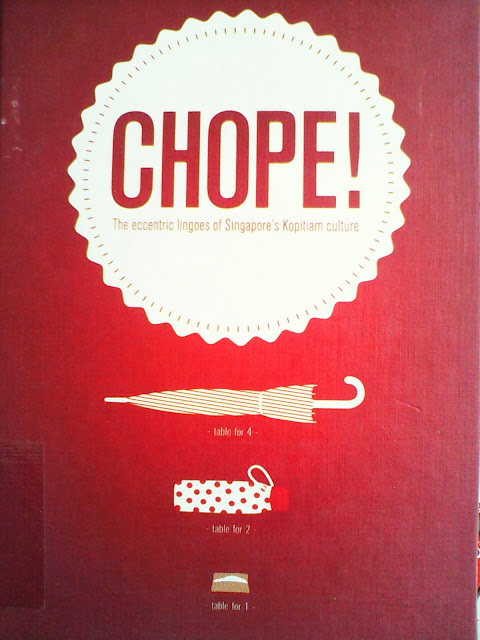Friday, November 21, 2014
Reader's Reader
This book is a collection of bite-size chapters tracing the development of the written word from the Mesopotamian period, which eventually evolved into the form of books that we are familiar with today. Thus you can read the book in any order, from front to back, cover to cover, or jump from chapter to chapter, front-forwards or in back-reverse order. Although the book has 224 pages, it is filled with 266 illustrations of which 214 are in colour. I admit I didn't count. This is what the book says and somehow, I trust these numbers.
Thumbing through the table of contents, you will see that the book begins with the world of ancient writing, including religious books such as the Hebrew Bible, ancient Buddhist texts and the Koran amongst others. The invention of the printing press and the role that Gutenburg played in the explosion of printing and the dissemination of knowledge to the masses through the printed book gave rise to the age of enlightenment.
The book also explores issues related to printing and the press, such as copyright, the genesis of the concept of royalties and the rise of the bookstore The book concludes with modern developments of the book such as the mass market printing that gave rise to distinct categories of books such as the Penguins and the paperback (discussed in a chapter), novels, encyclopedias, manga, children's books, illustrated books, and finally the virtual books, more commonly called ebooks today.
I read a couple of chapters. They aren't that long and you probably can finish a chapter in 10 to 15 minutes but come away enlightened by the nuggets of knowledge within. The illustrations heightened the reading experience.
Highly recommended.
Saturday, March 01, 2014
Chope
Singaporeans will recognise this word. It isn't by any means the English of the Queen. Yet
this is the singular word that comes from that variant of English known as Singlish. Maybe some linguist might want to deconstruct and trace the root of this word. To the rest of us Singaporeans, we just use it in our unique eateries known as Foodcourts, but actually was, and still is, known as hawker centres.
For those foreign to this word, it means reserving a seat at a hawker centre. This is usually done by placing a packet of tissue paper on an empty seat, which in effect is saying to one and all would-be diners that the seat is taken. Well this is not the only Singlish word listed. There are others such as 'teh siu dai', 'kopi o', 'Michael Jackson' and others. Hold on, 'Michael Jackson' is Singlish? Well of course not. Its one of those lingoes that has entered Singaporean coffeeshop speech that refers to a specific concoction of drink - mixed Singapore style, of course. This 111 page book is very informative, even for an old Singaporean like me. There are pictures in all pages and words are used sparingly only to explain the word or lingo. This serves as a manual of sorts, particularly for those of us who are often bewildered by the names of various concoctions of drinks available at Singaporean heartland coffeeshops.
If you are foreign to these terms, and I don't just mean a foreigner in Singapore, this will be a good book to leaf through before you head down to the coffeeshop to demonstrate solidarity with the heartland crowd.












